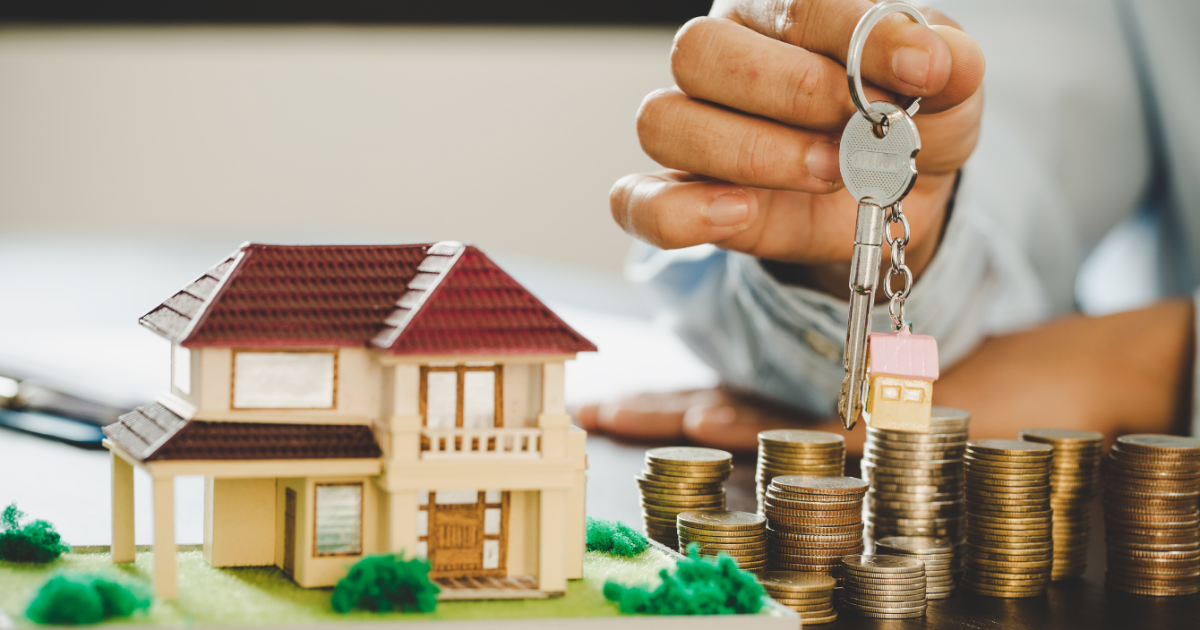Starting from 1 July 2018, property accountants play a pivotal role as they oversee the shift in responsibility for paying GST on new residential properties or potential residential land. Rather than vendors remitting the GST from sales proceeds, it is now imperative for purchasers to directly pay the GST to the ATO, ensuring compliance with the latest regulations.
The reason for this change was to try to prevent a significant loss of GST revenue for the ATO as a result of “phoenix activities” – where a property developer closes down/winds up before paying to the ATO the GST collected on property sales and then resurrects themselves into a new entity for the subsequent property development.
This new GST withholding regime has been in place for almost 4 years, but we thought it might be worth revisiting (due to a client’s recent experience with their conveyancer).
Property transactions and GST implications can be very complicated.
As a result of increasing property prices, we have seen increased activity in property improvements and sales. Some of these activities are more than just the realisation of capital gains tax assets. If significant, the activity may be in the course or furtherance of an enterprise.
This distinction between a mere realisation and an enterprise is vital in determining whether the vendor must be registered for GST, as this GST withholding regime only applies where the sale is in the course or furtherance of an enterprise and, therefore, a taxable supply for GST purposes.
Following is a reminder of the crucial aspects of when the purchaser GST withholding obligation will apply:
| When does it apply: | – To sales of existing residential properties or new or existing commercial properties; and, – Where a property developer sells to a purchaser registered for GST and purchasing as a business transaction, ie, they can claim GST. |
| When doesn’t it apply: | – A property that has not previously been sold (or subject to a long-term lease) as residential premises; – A property that has been created through substantial renovations (some exclusions to GST withholding apply); and, – A property built to replace a demolished property on the same land. |
| When property does it apply to: “new residential property” | – A property that has not previously been sold (or subject to a long-term lease) as residential premises; – A property that has been created through substantial renovations (some exclusions to GST withholding apply); and, – A property built to replace a demolished property on the same land. |
| “potential residential land” | – Is NOT defined in the GST legislation, but the ATO states that it “is land that is permissible to be used for residential purposes but does not contain any buildings that are residential premises” (eg vacant land, subdivided land but not farmland). |
| What is the GST withholding rate: | – 1/11th of the purchase price; – 7% of the purchase price, where the margin scheme applies; and, – The vendor must disclose in the contract that GST withholding applies. |
| How is the GST paid to the ATO: | – Your solicitor or conveyancer would usually complete the forms and submit them to the ATO on your behalf and remit the GST to the ATO on your behalf; – The vendor can then claim a GST credit on their BAS for the GST paid by the purchaser; and, – Note that conveyancers can’t provide GST advice unless they are solicitors, registered Tax agents, or BAS agents. |
As mentioned earlier, the distinction between the mere realisation of a capital gains tax asset (not subject to GST) and an activity in the course or furtherance of an enterprise, including some one-off profit-making intentions (subject to GST), is very important and regularly creates confusion.
For example: A sole trader builder registered for GST knocked down and rebuilt his home and now owns his home solely in his name. The home is on a large block he constantly intended to subdivide for profit. That was the reason why he initially purchased the property. He has subdivided other properties in the past. Upon subdivision and sale of his home and the subdivided land, is the house or the land subject to GST?
Answer: Is the sale a mere realisation of a capital gains tax asset, or is it in the course or furtherance of an enterprise? In these vague circumstances, the ATO would likely say that the transaction is in the course or furtherance of an enterprise and, as the sale is new residential property and potential residential land, it is seen as a taxable supply, and GST would be applicable and is required to be paid by the purchaser(s) to the ATO.
The builder could possibly use the margin scheme to reduce the amount of GST withholding on the sale proceeds (from 1/11th to 7%).
As you can see, property transactions and GST implications can be very complicated.
Please contact us to discuss your property intentions with us to avoid any unintended ATO attention.
Kreston Stanley Williamson
Author – Zane Grigg
*Correct as of 19 April 2022
*Disclaimer – this article has been produced by Kreston Stanley Williamson as a service to its clients and associates. The information contained in the article is of general comment only and is not intended to be advice on any particular matter. Before acting on any areas contained in this article, it is imperative you seek specific advice relating to your particular circumstances. Liability limited by a scheme approved under professional standards legislation.














